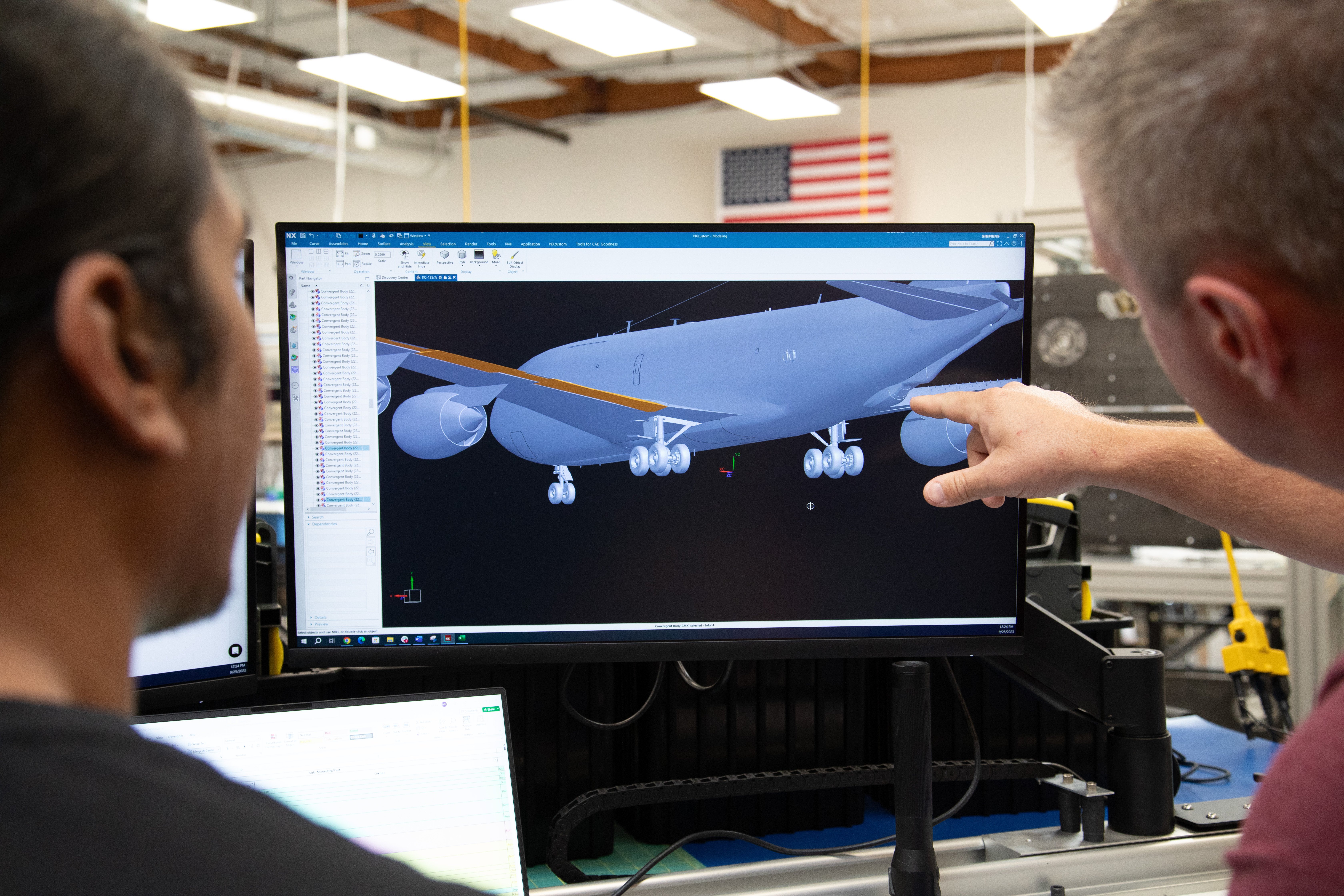Reliable Robotics this week published initial findings from its ongoing joint study with the U.S. Air Force into the potential for its technology to automate operations of large aircraft, such as the KC-135 Stratotanker, which is used for air-to-air refueling. The California-based system is working on military and civil applications for its Remotely Operated Aircraft System (ROAS), which is based on continuous engagement of the autopilot.
The study has been based on design and simulation exercises using specifications intended to be applicable to most of the Air Force's large fixed-wing aircraft. The preliminary results were derived from engineering analysis and a visual inspection of an unspecified aircraft, with the California-based company indicating that the KC-135 is "of particular interest."
According to Reliable Robotics, the work conducted so far under an Air Force contract awarded earlier this year has generated three core conclusions. First, the partners have confirmed that the airframe examined can accommodate the system, with only “modest adjustments” needed for remote piloting and refueling operations. In the longer term, navigation and communications upgrades could also be incorporated.
Second, the study has concluded that large, remotely piloted military aircraft can achieve more efficient and flexible operations that are comparable to those of airlines without needing to build new aircraft, resulting in significant savings for the Pentagon. Third, the company reported that the same levels of system reliability required for FAA certification can be achieved when the ROAS technology is deployed with larger military aircraft flying within the U.S. National Airspace System.
In June, the FAA formally accepted Reliable Robotics’ plan to certify the system to be installed on existing aircraft, with the company claiming to be the only autonomous flight systems developer to achieve this milestone to date. In April, Xwing filed its project-specific certification plan with the U.S. air safety agency for its Superpilot system. Merlin is also developing similar technology and is engaged in flight trials in New Zealand and Alaska.
In the next few months, the Air Force will receive a more comprehensive debrief on the results of the initial study, and this will determine next steps in the project. Currently, no flight demonstrations of the ROAS platform are planned with the Air Force.
“At Reliable Robotics, we are obsessed with enabling previously unimaginable capabilities for the U.S. Air Force through autonomy,” commented David O’Brien, the company’s senior vice president for government solutions. “Automating existing inventory at fractional costs will provide commanders unprecedented flexibility and safety in meeting acute operational demands with the smallest deployed human footprint.”
According to O'Brien, who is a retired Air Force major general, Reliable Robotics is developing ROAS as dual-use technology with a primary focus on commercial aviation applications. He told AIN, the company is working with the U.S. Department of Commerce to ensure that the system certified by the FAA will be eligible to be offered to customers in other countries in line with U.S. regulations covering technology that can have military applications.
